As a tradie looking to build your own home or tackle major home renovations, understanding construction loan compliance is crucial for project success. The rules and regulations around these specialised loans can seem overwhelming, but knowing what's required upfront will save you time and potential headaches down the track.
What Makes Construction Loans Different
Construction loans operate differently from standard home loans. As a Finance & Mortgage Broker, we help tradies access Construction Loan options from banks and lenders across Australia. These loans use a progressive drawdown system, where you only charge interest on the amount drawn down at various stages of the project.
Unlike traditional mortgages, construction loans typically offer interest-only repayment options during the building phase. This means you're not paying principal and interest on the full loan amount while your home is still under construction.
Key Compliance Requirements
Before applying for a loan, you'll need to meet several compliance requirements:
Documentation Requirements:
• Council plans and permits must be approved
• Development application (if required)
• Fixed price contracts with your builder
• Progressive Payment Schedule outlining construction milestones
• 'As if complete' valuation of the finished property
Builder Requirements:
• Must be a registered builder (even if you're doing some work yourself)
• Appropriate licenses for plumbers, electricians, and other trades
• Insurance and warranty documentation
Understanding Progressive Payments
Construction loans release funds through instalments based on progress payments. Your lender will typically require inspections at key construction milestones before releasing each drawdown. This protects both you and the lender by ensuring work is completed to standard before funds are released.
Most lenders charge a Progressive Drawing Fee for each inspection and payment release. Factor these costs into your overall project budget.
Timeline Compliance
You'll need to commence building within a set period from the Disclosure Date - usually 6 to 12 months. This requirement ensures you're genuinely ready to build and haven't just secured financing speculatively.
Having a solid plan before applying shows lenders you're serious about the project and understand the commitment involved.
Land and Location Considerations
Whether you're looking at house & land packages, buying off the plan, or planning to demolish existing property for a new build, compliance starts with your land choice.
Consider these factors:
• Council restrictions and regulations in your chosen area
• Suitable land for your intended build
• Access for construction vehicles and materials
• Connection to utilities and services
Managing Your Loan Amount and Interest Rate
Lenders assess construction loans differently than standard home loans. They'll consider:
• Your ability to service the loan during construction
• The final value of the completed property
• Your experience in construction (being a tradie can work in your favour)
• The builder's track record and financial stability
The interest rate on construction loans may differ from standard home loan rates, and you'll typically convert to a standard loan once construction is complete.
Common Compliance Pitfalls
Many tradies encounter issues with:
• Out of Contract Items not included in the initial loan calculation
• Additional payments required for variations or upgrades
• Delays in obtaining council approvals
• Changes to project scope affecting the original valuation
Working with Sub-contractors
If you plan to pay sub-contractors directly, ensure this is clearly outlined in your loan application and Progressive Payment Schedule. Lenders need to understand who's receiving payments and for what work.
The Application Process
While construction loans involve more documentation than standard home loans, working with an experienced mortgage broker can streamline application process. We understand the specific requirements different lenders have and can match you with suitable options.
Key steps include:
- Determine your ideal location and price range
- Secure council approvals and permits
- Finalise building contracts and specifications
- Submit loan application with all required documentation
- Await loan approval and settlement
- Begin construction within required timeframes
Converting to a Standard Loan
Once construction is complete, your loan typically converts to a standard home loan with principal and interest repayments. This conversion should be factored into your long-term financial planning.
Understanding construction loan compliance from the start puts you in the driver's seat for your building project. While the requirements might seem extensive, they're designed to protect everyone involved in the process.
Call one of our team or book an appointment at a time that works for you to discuss your construction loan options and ensure you meet all compliance requirements.



